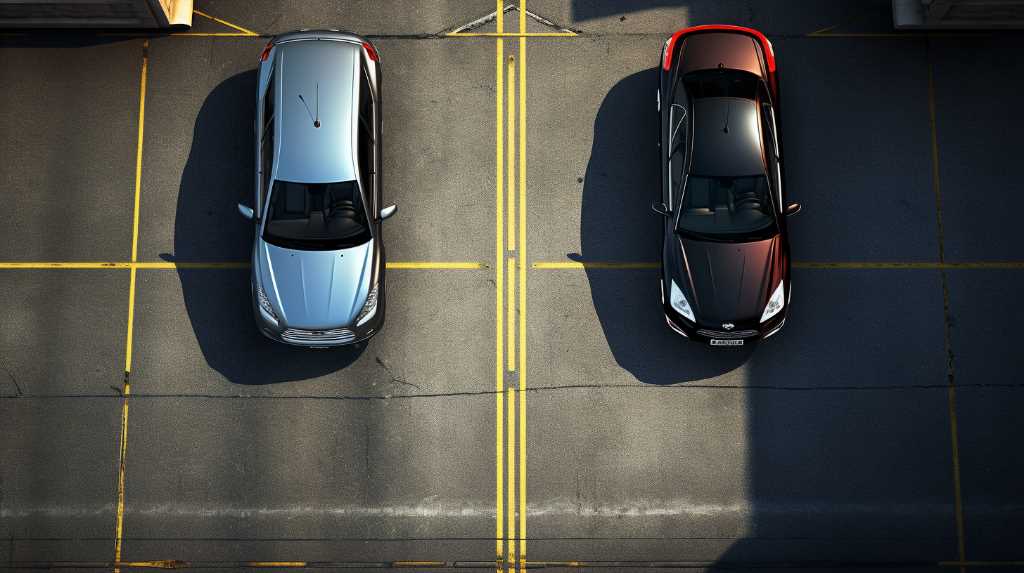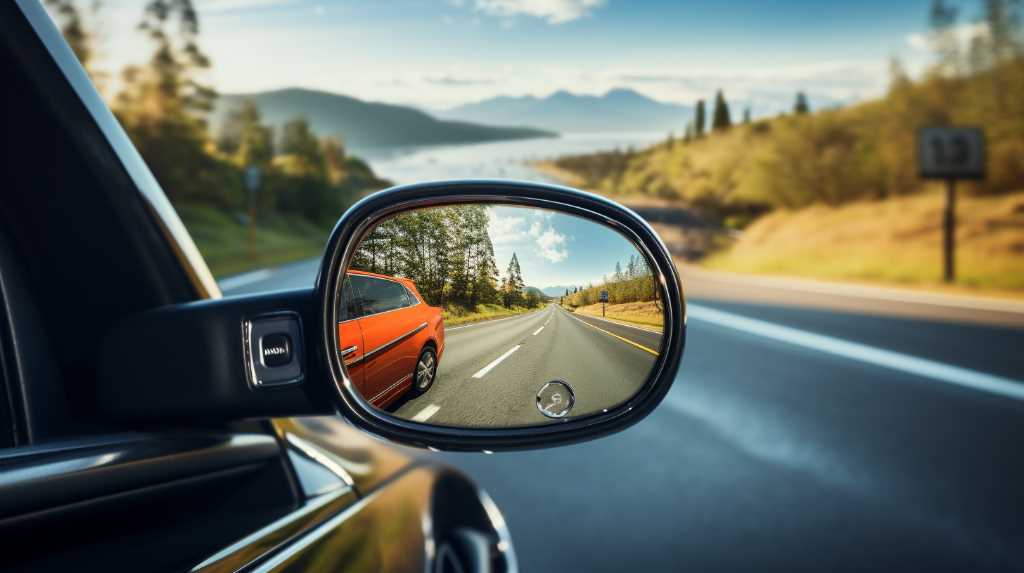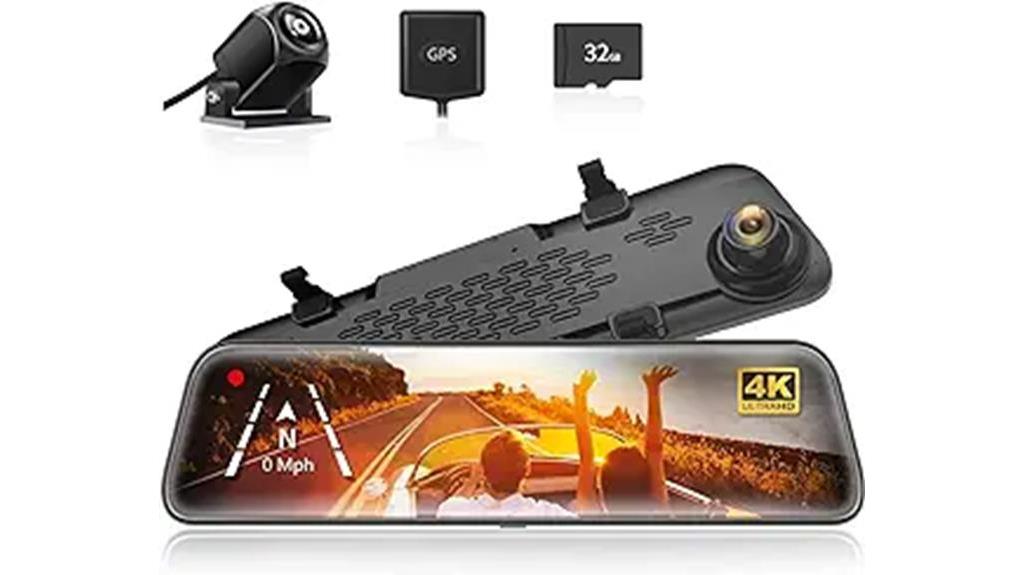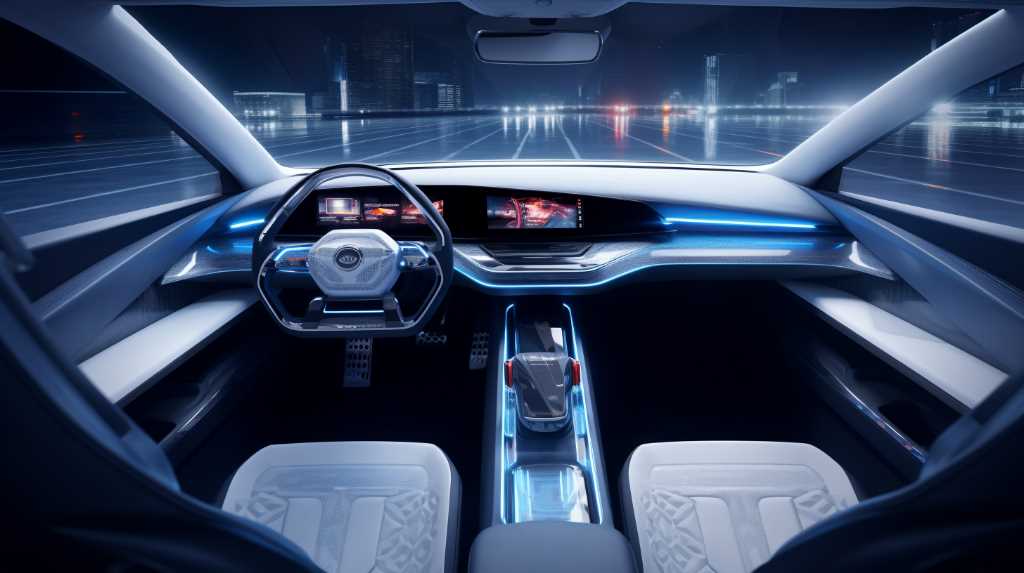Just as you’re considering a new car, safety features like backup cameras and parking sensors are vying for your attention. You want to know which tech will best protect your bumper, and possibly more importantly, pedestrians. Backup cameras give you a clear view of what’s behind you as you reverse, while parking sensors alert you to obstacles you can’t see. Both aim to prevent collisions, but they do so in different ways. As you weigh your options, you’ll find that backup cameras offer visual assurance, and parking sensors provide auditory warnings. Understanding the strengths and limitations of each can help you decide which is the safer bet for your driving habits. Integrating these safety features can also offer a comprehensive solution, but let’s break down their individual contributions to your peace of mind on the road.
Key Takeaways
- Backup cameras provide a live video feed of what’s behind the vehicle, while parking sensors use ultrasonic or electromagnetic technology to detect objects.
- Using backup cameras and parking sensors together can enhance awareness and minimize blind spots.
- Backup cameras are especially useful in larger vehicles with greater blind spots, as they provide a wide-angle view of the space directly behind the car.
- Parking sensors can detect small or low-lying objects that may not be visible through mirrors or cameras, making them useful in tight parking spaces or crowded areas.
Understanding Vehicle Safety Features
To enhance your safety while driving, it’s essential to understand how vehicle safety features like backup cameras and parking sensors operate. Backup cameras give you a video feed of what’s behind your vehicle, which is especially useful when you’re reversing. You’ll see a live image on your dashboard screen, reducing the risk of backing into obstacles, people, or other vehicles.
Parking sensors, on the other hand, use ultrasonic or electromagnetic technology to detect objects around your car. They alert you with beeps or visual cues when you’re getting too close to something. The frequency of the beeps increases as you near the object, providing a reliable measure of distance.
You’re probably wondering which is safer. It’s not a matter of one being safer than the other – they’re complementary. Backup cameras provide a clear view, while parking sensors give precise distance alerts. Using them together bolsters your awareness and minimizes blind spots, helping you avoid accidents.
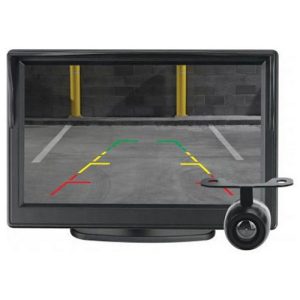
The Role of Backup Cameras
While you’re reversing, backup cameras provide a live feed of the area behind your vehicle, ensuring you have clear visual information to prevent collisions. This real-time perspective helps you spot obstacles that might otherwise be hidden in your blind spots. You can see moving objects, like a child or a pet, that you’d miss just by looking in your mirrors.
Backup cameras are especially useful in larger vehicles with greater blind spots. They give you a wide-angle view of the space directly behind your car, which is crucial when you’re navigating tight parking spots or backing out of a driveway onto a busy street. With guidelines displayed on the screen, you’re better able to judge distances and align your vehicle when parking.
The camera’s role isn’t just about preventing fender benders in parking lots; it’s a critical safety tool. It can save lives by reducing the risk of accidentally backing over someone. Since the camera activates automatically when you shift into reverse, it’s a seamless addition to your driving routine. Just remember it’s an aid, not a replacement for checking your surroundings. You still need to be aware of what’s happening outside the scope of the camera’s lens.
The Functionality of Parking Sensors
You’ll find that parking sensors alert you to obstacles behind your vehicle through auditory beeps or visual cues, enhancing your safety while maneuvering in reverse. These sensors, usually mounted on the bumper, use ultrasonic technology to detect objects within a certain range. As you move closer to an object, the frequency of the beeps increases, and in some systems, the visual display will show a progressively changing color, often shifting from green to yellow to red.
What’s more, parking sensors can detect small or low-lying objects that you might not see through a rearview mirror or camera. They’re especially useful in tight parking spaces or crowded areas where children and pets might suddenly appear behind you. The system’s immediacy in response allows for quicker adjustments, reducing the risk of collisions.
Unlike backup cameras, which require you to look at a screen, parking sensors work as an additional auditory aid, meaning you can keep your eyes on your surroundings while still being aware of the proximity to obstacles. It’s like having an extra set of eyes, but for your ears, providing you with real-time feedback as you navigate those tricky parking spots.
Comparing Backup Cameras and Sensors
Backup cameras offer a visual perspective that you don’t get with sensor-based systems, combining real-time imagery with the convenience of in-dash display. While you’re backing up, you can see exactly what’s behind your vehicle, without the guesswork that sometimes comes with audio alerts from sensors. This can be particularly handy for spotting low-lying obstacles that might otherwise go unnoticed.
However, parking sensors have their own advantages. They can alert you to objects that are out of the camera’s field of vision or obscured by weather conditions. Sensors provide an auditory or haptic feedback that can be quicker to process than a visual cue, especially if you’re not constantly watching the display.
It’s worth noting that backup cameras can sometimes offer trajectory lines, which help guide you into parking spots by showing the path your vehicle is taking. But, these lines aren’t always accurate if your camera isn’t properly calibrated.
When comparing the two, you’ve got to consider your personal driving habits and preferences. Do you rely more on visuals, or are you better with audio cues? Ultimately, the safest option might be a combination of both backup cameras and sensors, ensuring you’ve got all angles covered.
Advantages of Backup Cameras
You’ll find that backup cameras give you a clear view of what’s behind your car, minimizing guesswork. They significantly reduce blind spots, ensuring you’re aware of obstacles that might otherwise go unnoticed. This advantage makes them a strong contender for enhancing your vehicle’s safety.
Enhanced Visibility
Why settle for guesswork when a backup camera can offer you a clear view of what’s directly behind your vehicle? Unlike parking sensors, which rely on proximity alerts, backup cameras provide real-time visual feedback. You’re not just hearing beeps; you’re seeing exactly what’s behind you, whether it’s a stray toy, a low wall, or a sneaky post. This visual aid is especially handy in tight parking spots and bustling areas where children and pets might dart out unexpectedly.
Moreover, backup cameras often feature guide lines on the display, helping you gauge distance with greater accuracy. You can reverse with confidence, knowing you’ve got eyes where you need them most. It’s about taking the guesswork out and bringing safety in.
Blind Spot Reduction
By reducing your vehicle’s blind spots, backup cameras significantly lower the risk of accidents when reversing. These nifty devices give you a clear view of what’s directly behind your car, something rearview mirrors can’t always accomplish. You’ll see those low-lying obstacles, like rocks or toys, and even small children or pets that could otherwise be hidden from sight. It’s like having an extra pair of eyes where you need them most.
Backup cameras also help you gauge distances better, making it easier to maneuver in tight spaces. You won’t just avoid collisions; you’ll also spare yourself the stress of guessing what’s lurking just out of view. With a backup camera, you’re equipped to reverse with confidence and safety.
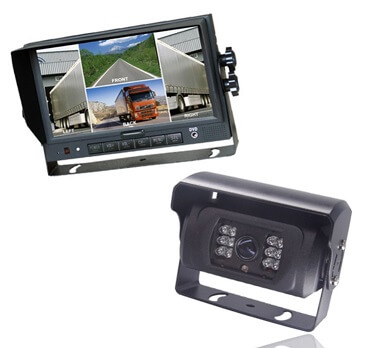
Integrating Safety Features
Both backup cameras and parking sensors can significantly enhance your vehicle’s safety when properly integrated into a cohesive system. You’ll find that the real magic happens when these two technologies work in tandem. Your backup camera gives you a clear view of what’s directly behind you, while parking sensors alert you to objects that are too close for comfort, which you might not see on the screen.
When you’re parking, this combined approach offers a comprehensive safety net. For instance, you might rely on the camera to gauge distance from the curb, but it’s the sensors that chime in if a pedestrian suddenly steps behind your vehicle. It’s this layering of safety features that can give you greater peace of mind.
It’s important to remember that these systems are there to assist, not replace, your judgment and awareness. Always look around and use your mirrors in addition to the camera and sensors. By doing so, you’re actively participating in the safety process, ensuring that you’re as secure as possible. After all, the goal isn’t just to park your car safely but to also protect those around you. Integrating these safety features just makes that easier for you.
Frequently Asked Questions
How Do Weather Conditions Affect the Performance of Backup Cameras and Parking Sensors?
Weather conditions can impair your backup camera’s visibility and parking sensors’ accuracy, making it harder for you to detect obstacles when reversing. You’ll need to take extra care in fog, rain, or snow.
Can Backup Cameras or Parking Sensors Be Retrofitted to an Older Vehicle That Didn’t Originally Come With These Features?
You can retrofit both backup cameras and parking sensors to your older vehicle, though it may require professional installation to ensure they function properly with your car’s existing systems.
Are There Any Privacy Concerns Associated With Using Backup Cameras?
You might worry about privacy with backup cameras, as they can capture images of people or property behind your vehicle, potentially raising surveillance or data security issues if not properly managed.
How Does the Cost of Repairing or Replacing Backup Cameras and Parking Sensors Compare?
You’ll find that repairing or replacing backup cameras typically costs more than parking sensors due to their more complex technology and integration with your vehicle’s display system.
What Are the Insurance Implications of Having Backup Cameras And/Or Parking Sensors Installed on My Vehicle?
You’ll likely see lower insurance premiums with these features since they reduce the risk of accidents. Check with your provider for specific discounts related to backup cameras and parking sensors.
Conclusion
You’ve seen both sides: backup cameras give you visual aid, while parking sensors alert you with beeps. Each has its perks, but when combined, they provide the ultimate shield against those sneaky poles and unspotted pedestrians. Don’t just choose one—integrate both for a safer parking experience. Your car deserves the best defense system, and so do you. Drive confidently, knowing you’ve got the full picture and the warning signals to park like a pro.
Related Articles
Be sure to also check out these articles right here at Motion Performance Motorsports
The Complete Buyers Guide for Backup Cameras
Next Backup Camera Article: Why Choose Weatherproof Backup Cameras for Your Vehicle?
Previous backup Camera Article: Why Install a Backup Camera in Your Vehicle?

Hey there, I’m Terra Frank, the driving force behind Motion Performance Motor Sports. I’m thrilled to have you here, exploring the fascinating world of cars, trucks, and everything related to automotive performance and accessories.
